Help my toilet is running and I don’t know where to start! We have an in-depth guide to fixing your running toilet.
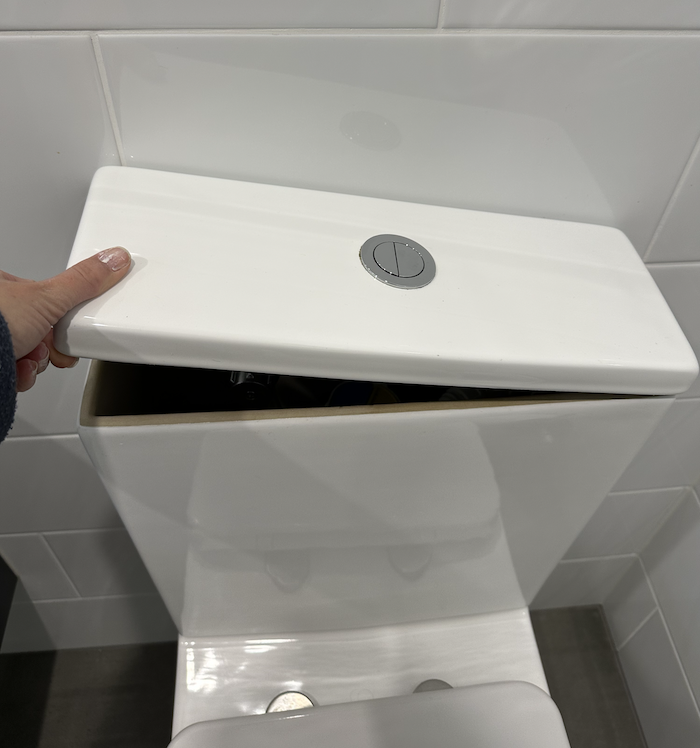
A blocked toilet can be fixed with a plunger and some elbow grease, but a constantly running toilet can really grate on your nerves. Even if it’s just a small trickle of water, the sound can keep you up at night when everything else is quiet.
The persistent flow of water sliding down into the bowl becomes like an unwelcome guest that just won’t leave. It’s important to address this issue quickly not only for your own peace of mind but also to prevent any wasted water or potential damage to your system.
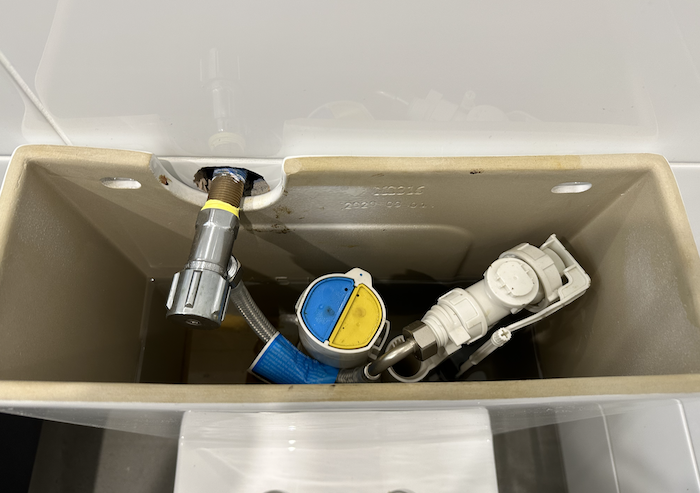
After several days of enduring it, the sound of a running toilet can become unbearable. However, it’s not just the annoying noise that poses an issue – there’s also the waste of water and added expenses to your bills that can quickly add up.
Whether it’s a constant steady drip or a slow trickle, ignoring a running toilet is simply not an option. Luckily, you have options when it comes to fixing this problem. While calling in a plumber may be necessary for some cases, if you’re handy enough and prefer taking matters into your own hands as many do-it-yourselfers do, repairing a running toilet might be something worth considering tackling yourself with some research and guidance from online resources.
All the parts you need to know
All the parts you need to know
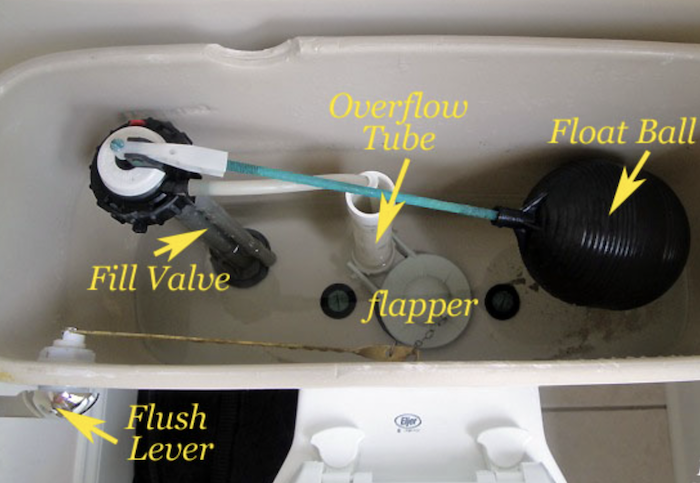
Test the Flapper
A worn-out or damaged flapper in your toilet can cause it to continuously run. The flapper is responsible for covering the hole at the bottom of the tank, allowing water to flow into the bowl when you flush. However, with time and usage, this crucial part may become brittle and break or not seal properly.
Consequently, water leaks into the bowl, causing your toilet to keep running non-stop until fixed. Don’t ignore a faulty flapper; get it replaced by a professional before it escalates and causes more extensive problems!
Check the Fill Valve for a Leak
A malfunctioning toilet fill valve can be the culprit behind a persistently running toilet. Responsible for regulating water flow into the tank after each flush, if it’s not functioning properly, the fill valve can cause ongoing leakage of water into the bowl.
This is not only an inconvenience but also wastes water and increases your utility bill over time. It’s important to address any issues with your fill valve as soon as possible to prevent further damage or costly repairs down the line.
Check the float ball
Are you tired of your toilet constantly running? One potential reason could be that the float level in your toilet tank is set too high. The float level determines how much water enters the tank, and if it’s set too high, water will continuously flow into the tank even after flushing.
Don’t panic – this issue can easily be fixed with a simple adjustment to the screw located on the back of your toilet. By lowering the float level, you can stop wasting water and save money on utility bills. Say goodbye to that pesky running sound and enjoy a more efficient bathroom experience!
Check the tank gasket
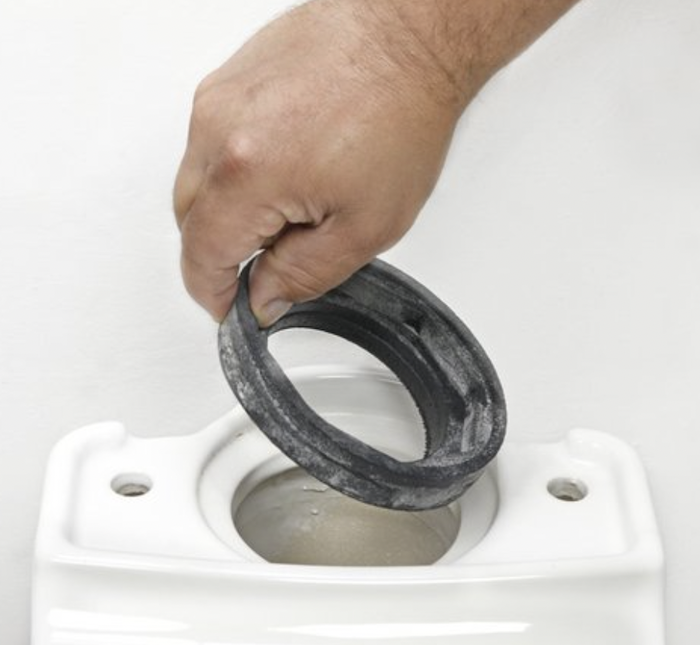
The tank gasket is a crucial component that seals the connection between your toilet’s tank and bowl. If this seal is compromised, it can result in water continuously flowing into the bowl, causing your toilet to run non-stop.
To diagnose whether or not your tank gasket is functioning correctly, start by flushing the toilet and observing if there’s any water leakage from around the area where these two components meet. By checking this regularly and addressing any issues promptly, you can save yourself time, money and hassle caused by a malfunctioning toilet system.
Clean the syphon jet
Toilet maintenance is essential to ensure proper functioning and avoid any inconvenience. The syphon jet in your toilet facilitates water flow from the tank to the bowl, but it can get clogged over time. If you notice that water keeps running into the bowl even after flushing, it’s a clear indication of a clogged syphon jet.
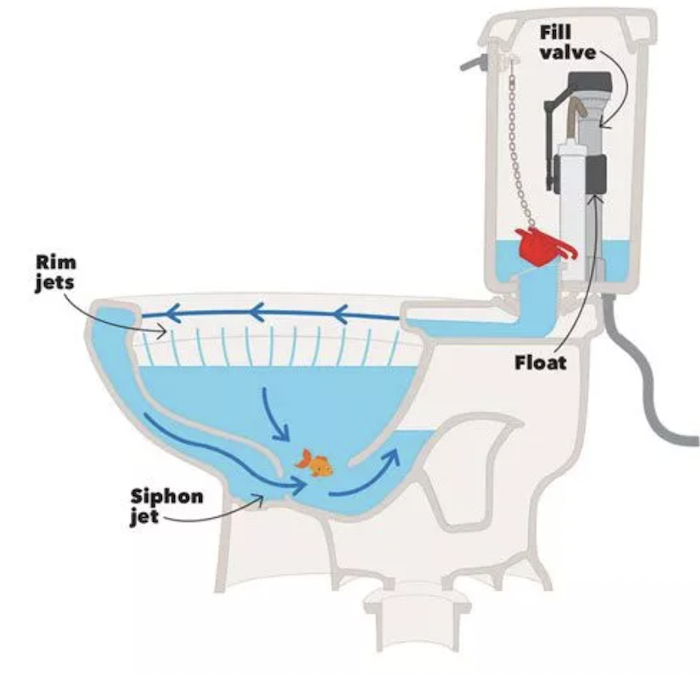
Fortunately, cleaning the syphon jet is a simple fix – just remove the toilet tank lid and use a small wire brush to carefully clean out any blockages or debris that may be present. This quick cleaning task will help prevent further issues with your toilet and keep it functioning properly for years to come.
Adjust the water level
To avoid water overflow in your tank, it’s crucial to ensure that the water level is set just below the overflow tube. If it’s too high, you’ll notice constant running of water into the bowl.
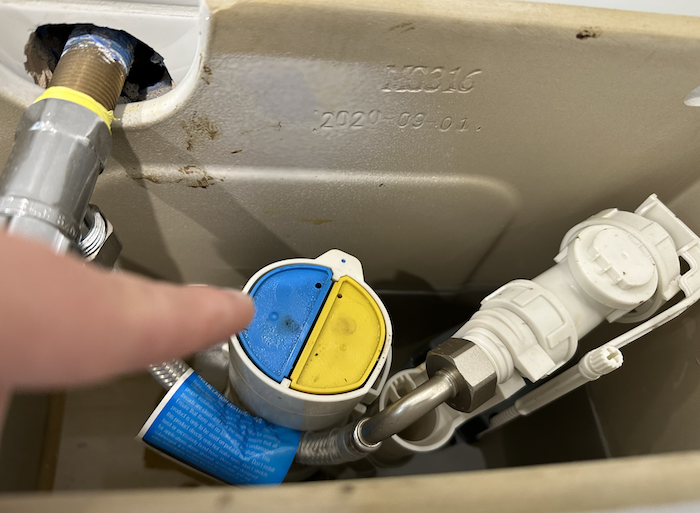
Fortunately, adjusting the water level is a simple task – all you need to do is turn the adjustment screw until you find an appropriate level that keeps everything working smoothly and avoids any unwanted leaks or overflows.
By following these simple steps and taking care of regular maintenance tasks such as this one, you can help keep your plumbing system operating at its best for years to come!
Clean the bowl
Over time, it’s common for toilet bowls to get dirty and stained. If you don’t clean them regularly, the water will continue running into the bowl and your toilet may start to malfunction.

To prevent this from happening, take action by regularly cleaning your bowl. This can easily be done by flushing the toilet and using a reliable toilet brush to scrub away any stains or dirt that have accumulated over time – making sure to reach all areas of the bowl for an effective clean every time!
How do I turn the water off on a toilet?

What are the Dangers Of A Constantly Running Toilet?
Did you know that a constantly running toilet can waste a significant amount of water? If your toilet keeps running even when it’s not in use, it means that you’re wasting a scarce natural resource.
However, the good news is that most cases of a running toilet are caused by simple issues like faulty flappers or ballcock assemblies. These can be quickly and easily replaced at an affordable cost, saving both water and money in the long run.
So don’t put off fixing your running toilet – take action today to conserve our precious resources!

